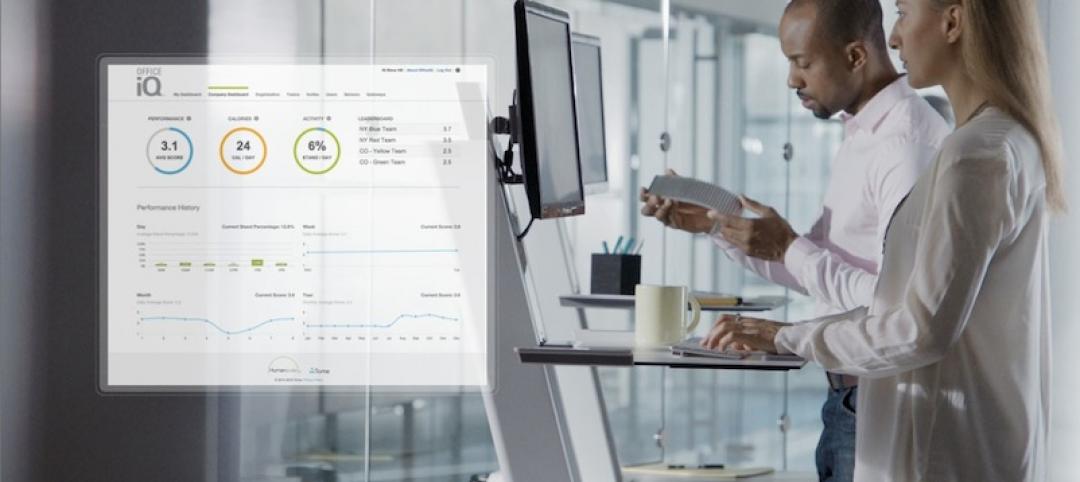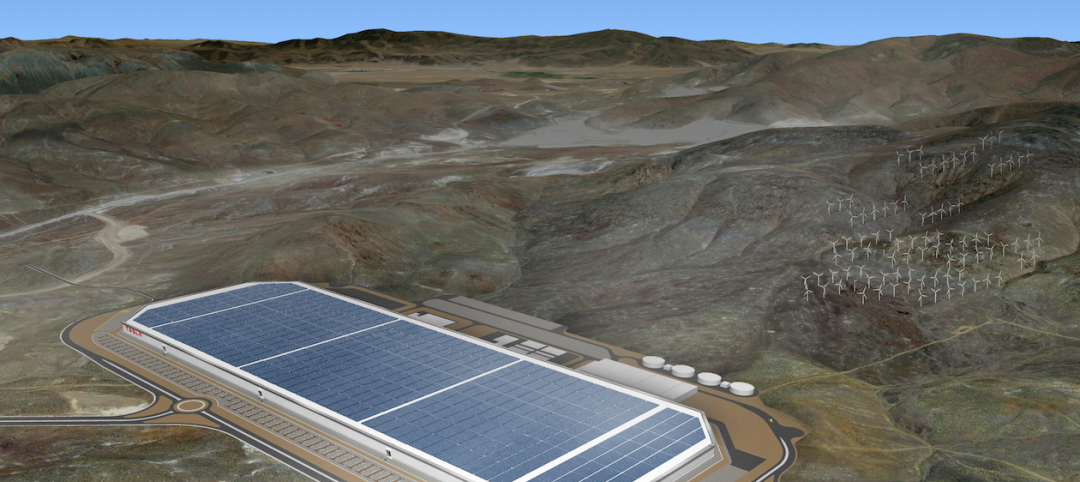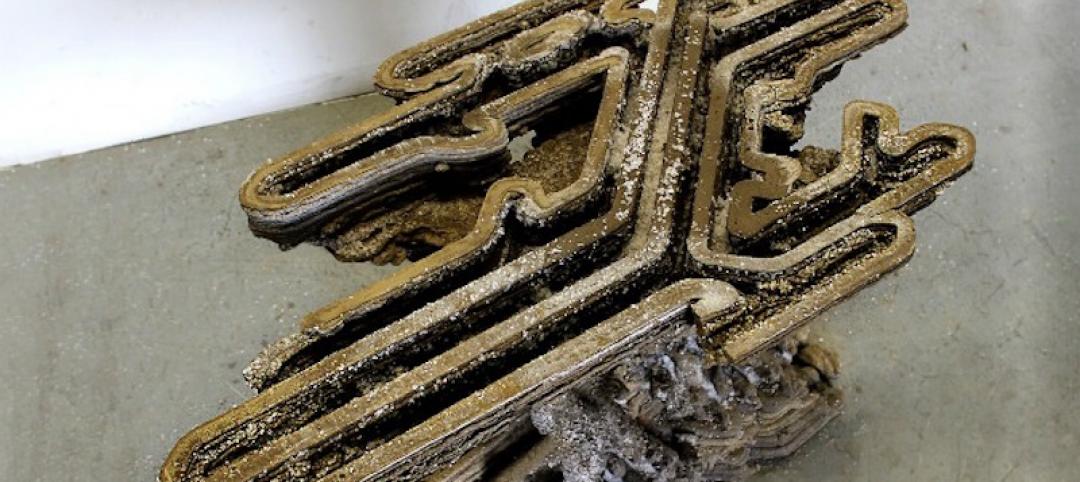In 2014, Arup, the engineering and consulting firm, and Argos Analytics, which provides climate data services, developed WeatherShift, a tool that helps building owners mitigate their future cost risk due to climate change.
Last week, Arup and Argos joined forces with Integrated Environmental Solutions Limited (IES), which provides building performance modeling software, to make WeatherShift future weather data available for online purchase.
Users can purchase these data via IES's website [www.iesve.com] by specifying a location, hypothetical emissions scenario, and future time period. Cole Roberts, Arup’s Associate Principal, says that collaborating with IES lowered the entry price for the data files to $250, or 75% below previous offers for this information. The product has also been simplified for repeated uses on multiple projects.
Arup and Argos will provide purchasers with customized future weather data generated by adjusting historical weather data based on climate projections run for the recent Intergovernmental Panel on Climate Change (IPCC) Fifth Assessment Report.
The data can by used to simulate building performance under future climate conditions, which in turn would enable designers to develop resilience strategies.
WeatherShift is among a growing number of simulation products aimed at giving builders and developers a hedge against natural and manmade events that threaten their structures.
Some of these products, such as those offered by Climate Interactive, are based on game theory. Others include products from EarthNetwork, which offer “hyper-local weather data” in real time and forecasts.
Weather and climate, it would seem, are no longer just conversation pieces. Last week, Ligado Networks and George Mason University announced a partnership to provide the public with real-time access to critical weather and atmospheric data generated by the National Oceanic and Atmospheric Administration.
“Extreme weather events have a huge impact on people, including their families, homes and businesses,” says Deborah Crawford, Mason’s vice president for research. “Faster and more accurate climate modeling and weather prediction will help people and organizations—including emergency responders—better prepare for and respond more quickly to weather-related events such as tornadoes, floods and wildfires, saving lives and livelihoods.”
Related Stories
AEC Tech | Mar 10, 2016
Is the Internet of Things the key to smarter buildings and cities?
Experts say yes. But what’s needed is a point person who makes sure that sensing devices can “talk” to each other.
Multifamily Housing | Mar 10, 2016
Access and energy control app clicks with student housing developers and managers
Ease of installation is one of StratIS’s selling features.
AEC Tech | Mar 8, 2016
WiredScore offers developers competitive advantage in marketing
Designates best-in-class Internet connectivity.
Game Changers | Feb 5, 2016
London’s ’shadowless’ towers
Using advanced design computation, a design team demonstrates how to ‘erase’ a building’s shadows.
Game Changers | Feb 5, 2016
Asia’s modular miracle
A prefab construction company in China built a 57-story tower in 19 days. Here’s how they did it.
Game Changers | Feb 5, 2016
Tesla: Battery storage is not just about electric vehicles
With his $5 billion, 13.6 million-sf Gigafactory, Tesla’s Elon Musk seeks to change the economics of battery energy storage, forever.
BIM and Information Technology | Jan 27, 2016
Seeing double: Dassault Systèmes creating Virtual Singapore that mirrors the real world
The virtual city will be used to help predict the outcomes of and possible issues with various scenarios.
3D Printing | Jan 25, 2016
Architecture students create new method for 3D printing concrete
The team's Fossilized project allows for structures that are more varied and volumetric than other forms so far achieved.












